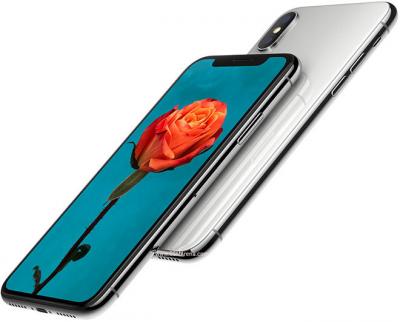IHS: The production price gap between a 55" OLED TV and a 55" LCD is about 2.5 times
According to IHS, production costs of 55" 4K OLED TVs have declined 55% from the beginning of 2015 to Q2 2017. IHS estimates that it costs $582 for LGD to produce a 55" OLED panel, and the price will continue to drop to reach $242 in 2021.

In early 2017 the cost of a 55" OLED TV is about 2.5 times the production cost of an equivalent 4K LCD TV panel. The price gap has narrowed as it was 4.3 times back in Q1 2015. The price in material cost is currently around 1.7 times - but other factors such as yields and depreciation increase LGD's production costs.











